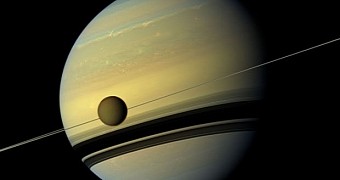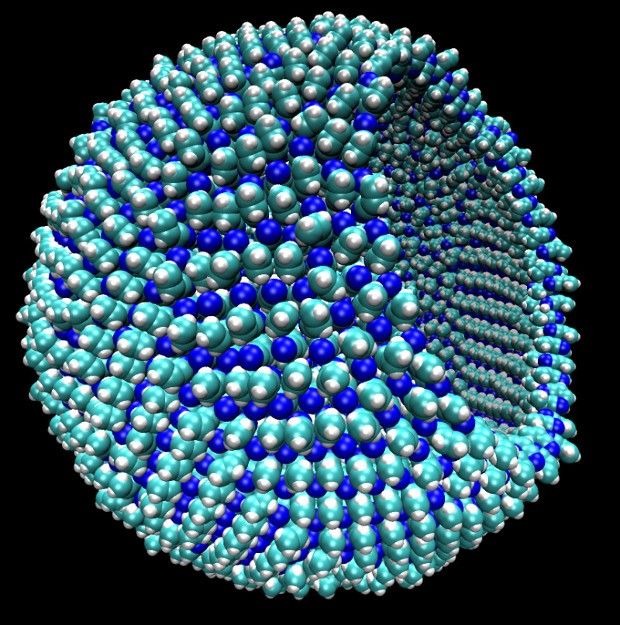Here on Earth, life and water are intrinsically linked. Otherwise put, the only reason why our planet hosts myriads of lifeforms is because it is also home to liquid water.
Because of this, scientists looking to find extraterrestrial lifeforms focus on studying planets located in the so-called habitable zone of their parent star, i.e. the region where water can form and exist in a liquid form.
In a paper published in yesterday's issue of the journal Science Advances, researchers with Cornell University in New York, US, argue that, contrary to common held assumptions, life can exist even in the absence of liquid water.
More precisely, the scientists claim that, according to their investigations into the matter at hand, there is no reason why life could not emerge and survive on Saturn's moon Titan, just not life as we know it.
Titan is not in the least friendly to life as we know it
Titan is Saturn's largest satellite and the second biggest moon in our Solar System, the most massive being Jupiter's Ganymede. In fact, its volume is larger than that of the planet Mercury.
The reason why astronomers are fascinated with Titan is because its surface accommodates for impressive seas and lakes that comprise not liquid water, but hydrocarbons.
Of the hydrocarbons that form Titan's seas and lakes, methane is the most abundant. Since methane has a much lower freezing point than water, these seas and lakes stay liquid despite the fact that Titan is a fairly cold place.
A new take on extraterrestrial life
Writing in the journal Science Advances, Cornell University expert Paulette Clancy and fellow researchers detail how, based on nothing but good old chemistry knowledge, they put together a theoretical model of a cell membrane that could form and survive on Titan.
This cell membrane, whose anatomy is detailed in the image below, is made up of nitrogen, carbon and hydrogen molecules and is able to withstand temperatures as low as 292 degrees Celsius (557 degrees Fahrenheit) below zero.
The molecules that comprise this theoretical model of an extraterrestrial cell membrane have all been previously shown to exist in Titan's seas and lakes. Hence, the Cornell University specialists argue that they could assemble on their own and birth life.
“We didn’t come in with any preconceptions about what should be in a membrane and what shouldn’t. We just worked with the compounds that we knew were there and asked, ‘If this was your palette, what can you make out of that?’” researcher Paulette Clancy said in a statement.
The researchers plan to continue studying this theorized extraterrestrial cell membrane, which they refer to as a blueprint for alien lifeforms unlike anything here on Earth, and hope to gain a better understanding of how it would behave if it were really to form on Titan.

 14 DAY TRIAL //
14 DAY TRIAL // 

